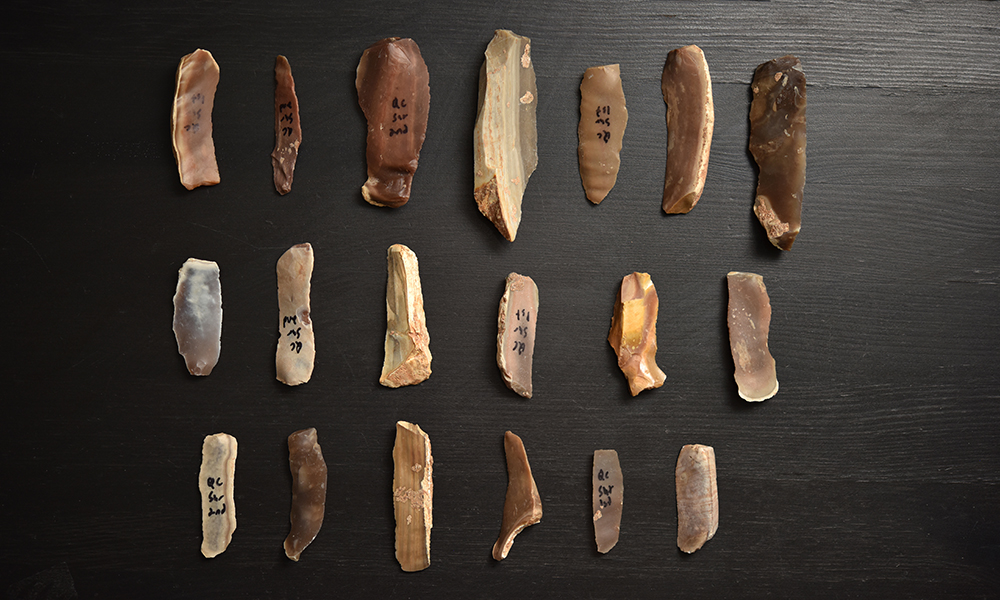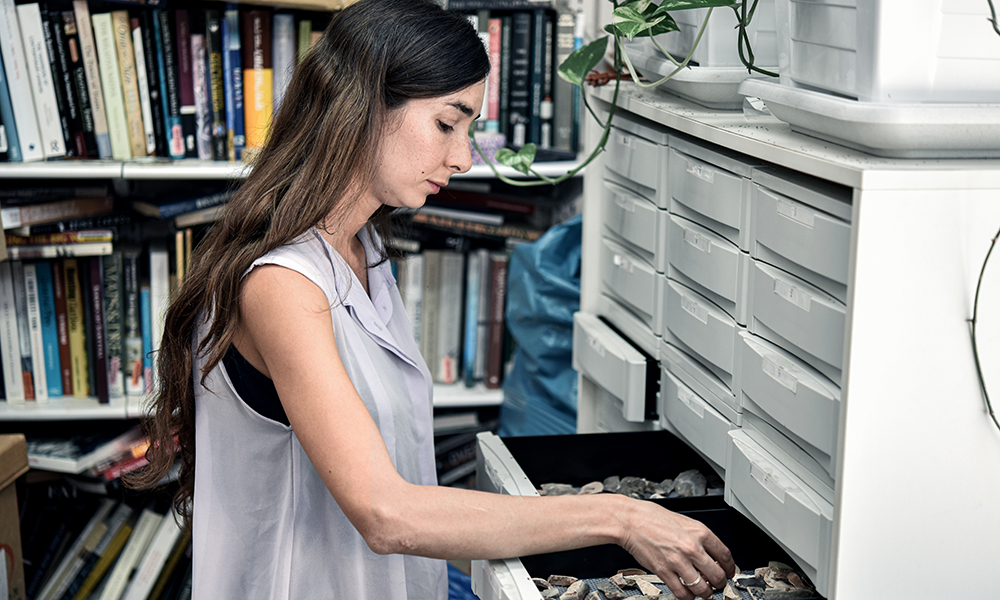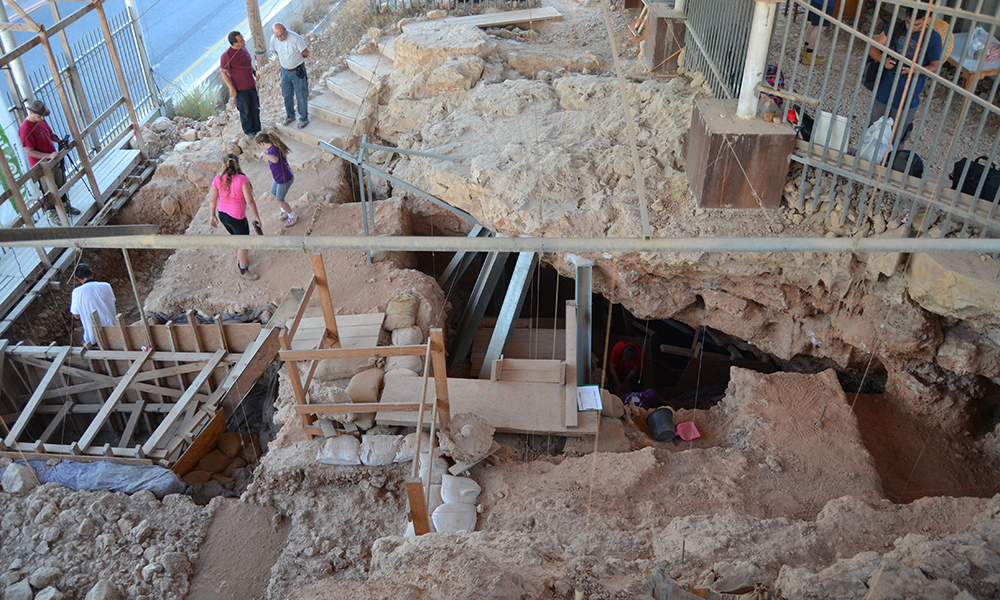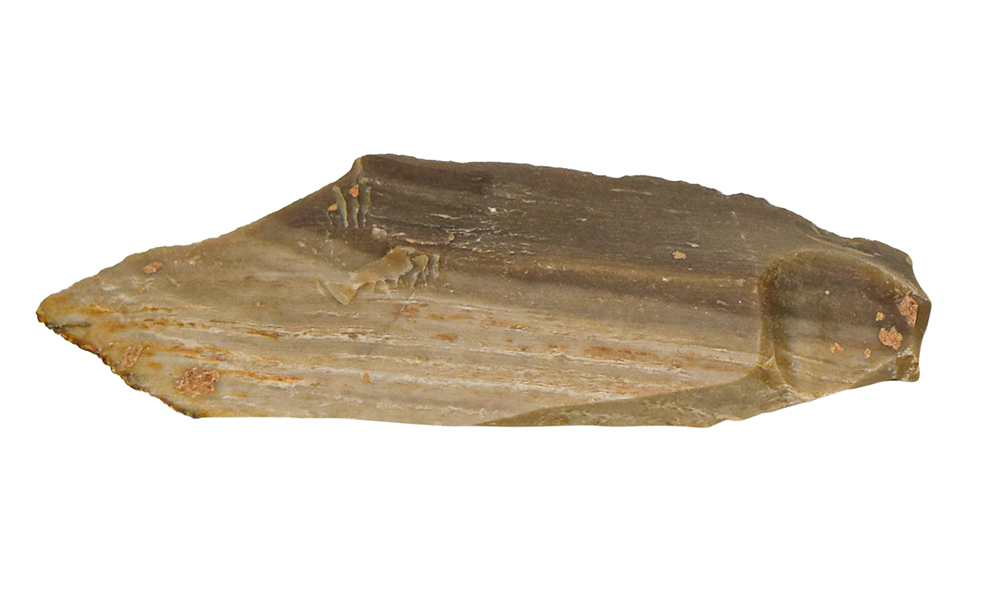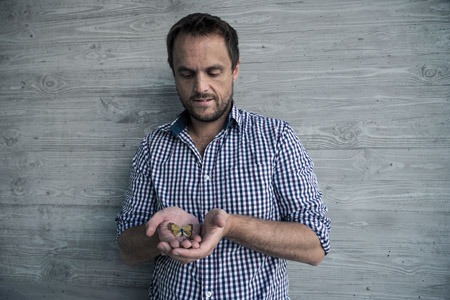In a limestone cave about a dozen kilometres from Tel Aviv, among the rich trove of prehistoric artifacts left behind by hundreds of thousands of years of human habitation, are a lot of really bad stone tools. There are more than a thousand flint cores inside the cave — the chunks of rock from which sharp blades were “knapped” off with a hard blow from a limestone cobble. Some have long, smooth faces where blades were expertly detached, but others are pocked with irregular scars that produced nothing useful. “The beginners, they try again and again, and repeat the same mistakes,” says Ella Assaf Shpayer, one of the archaeologists who excavated the site. “And they get mad, so you even see their frustration in the core. It’s a very emotional thing, knapping.”
These botched tools — as frustrating as they were for the would-be toolmakers —reveal intimate details about how knowledge was passed on in the Lower Paleolithic period, which lasted from about three million to 200,000 years ago. And Shpayer, a faculty member in the Department of Archaeology and Ancient Near Eastern Cultures at Tel Aviv University (TAU), believes that they illustrate a broader pattern that has likely recurred throughout history: at pivotal turning points, when new ideas and technologies emerge in response to social or environmental change, it’s the children who lead the way.
Shpayer’s interest in the field dates back to her own childhood, to conversations with her father. “He used to talk to me about everything: the stars, nature, the fact that millions of years ago there were other species of humans living in the world,” she recalls. That notion of other humans stuck in her mind, and she eventually decided to study archaeology at TAU. “I don’t know if I thought I would become an archaeologist,” she says, “but I just wanted to know more.”
